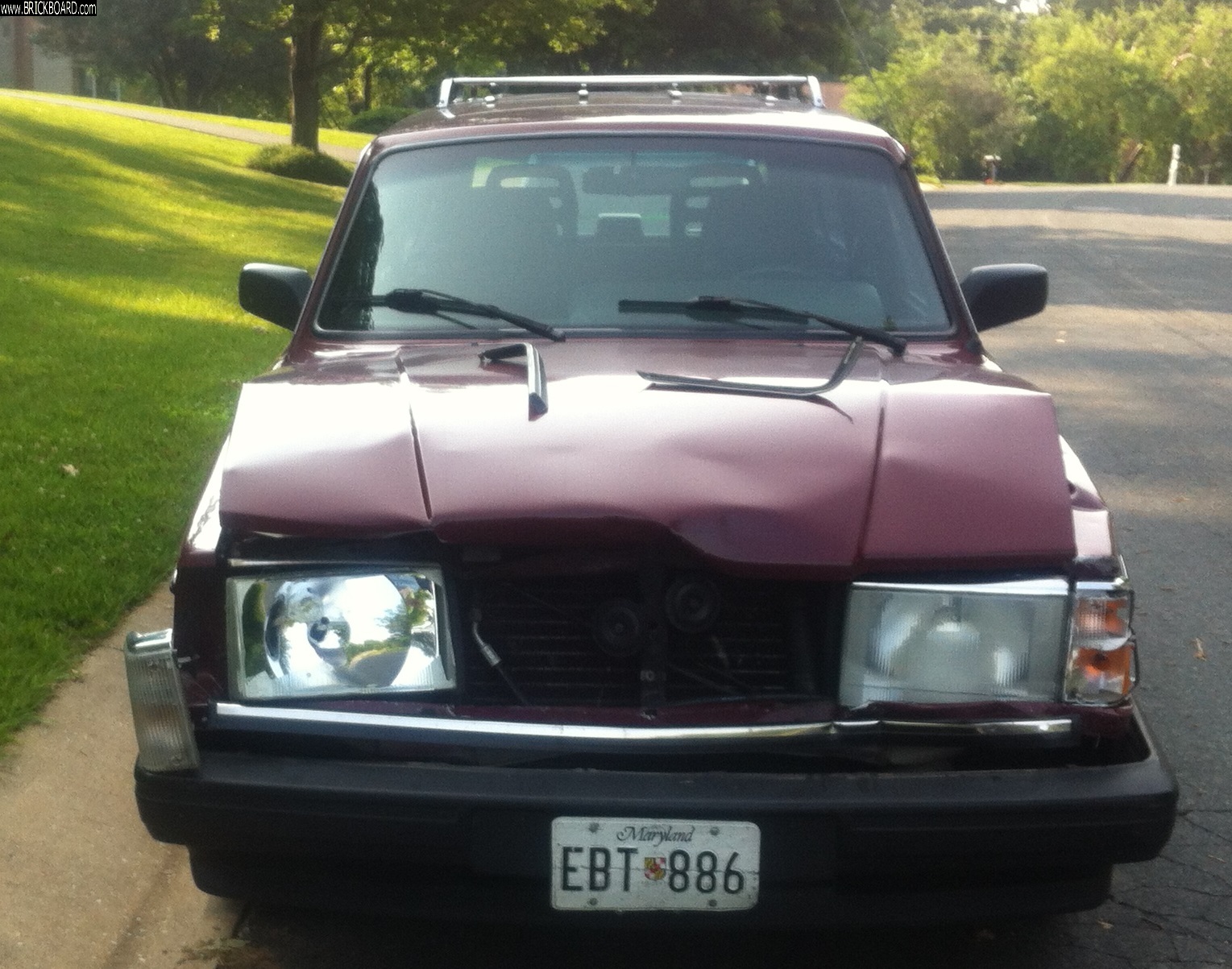|
Well, the OP is an Engineer, Electrical in fact. Looking back on it, I should have been a mechanical one instead. Anyways...
"Yesterday I couldn't spell Engineer, today I are one."
The reason I was looking for the value is that I did not want to have to go down there again and continue to re-tighten the bolts.
I had to do this on my valve cover on my 91', which I originally did by feel and it seep just a tad after said installation. I then went back and tightened some more, being very careful as I went to really "feel" what was going on. I am please to say that I no longer have leaks on my valve cover on my 91'. This was my very first successful installation. I done two others, that were not, so I was pretty excited to see this one be successful.
I could not find, for the life of my a inch-pound wrench in the current vicinity that I live in. So I took my 10 to 100 torque wrench and lowered it down by two. Now the question is, was it really reading 8, more than 8, or less than 8. I do not know. What I do know is that I took my time. I went slow and I paid very fine attention to when I felt/heard the first click.
With that being said, I may have to do this again, unfortunately as the pan I pulled from yard, may be leaking around the plug due to it being dented. I won't know till I fill her up and see.
I really do, however, need to get a inch-pound torque wrench and will being looking to purchase said device in the very near future.
Thanks everyone for your input.
Matt
|


